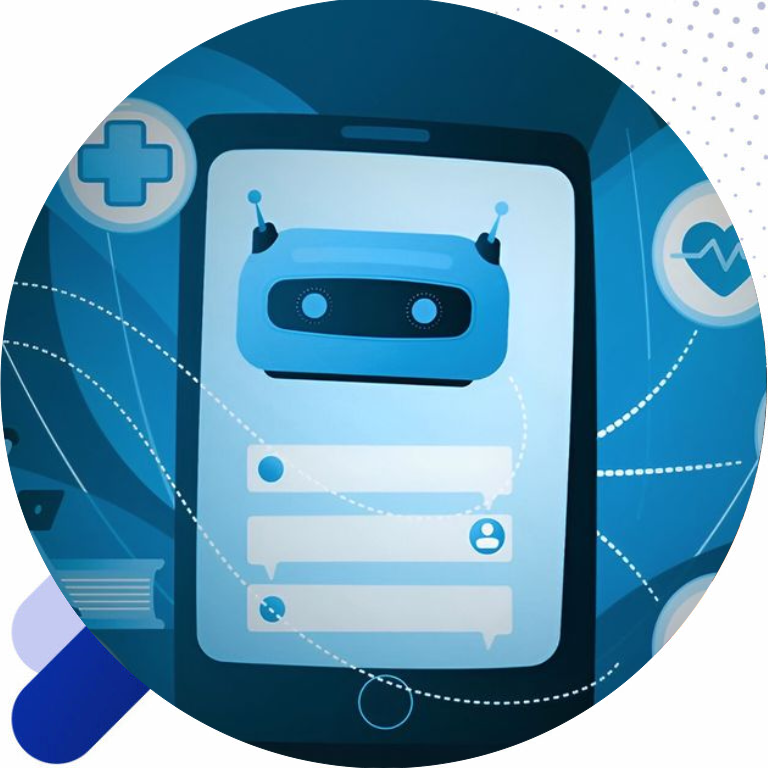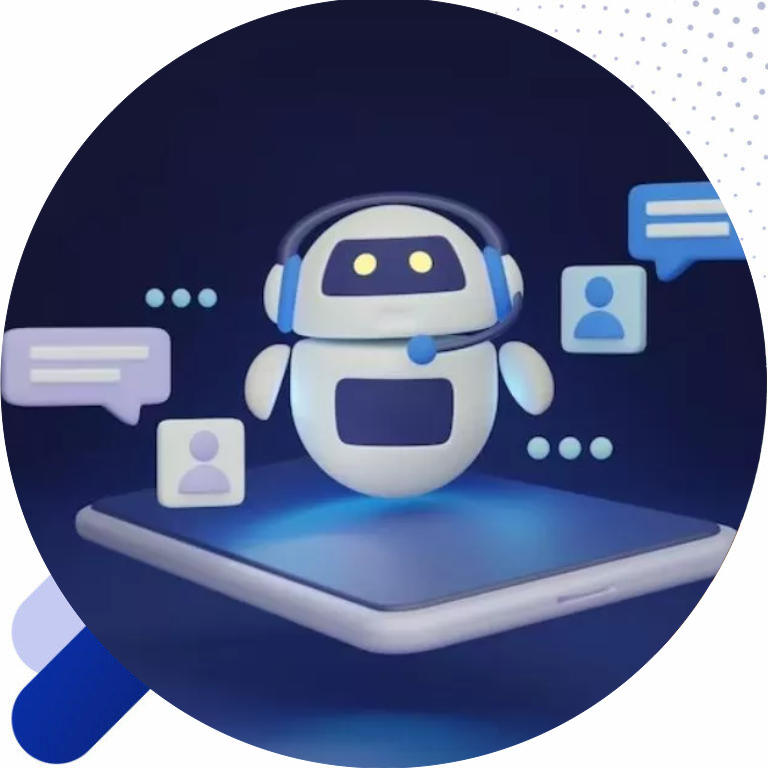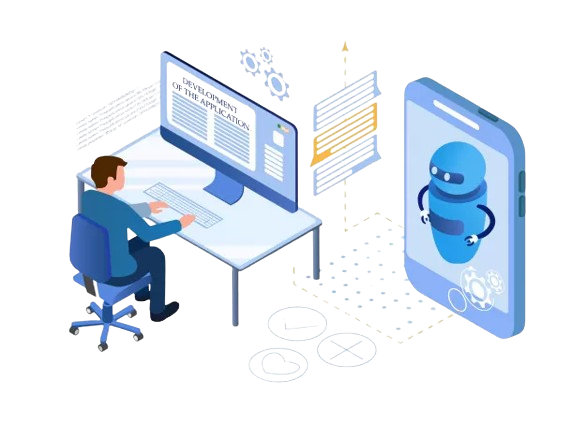The Rise of Virtual Chatbots: Building Intelligent Interactions
In the age of digital transformation, virtual chatbots have emerged as a critical tool for businesses and organizations across various industries. These AI-driven conversational agents are designed to simulate human-like interactions, offering users a more engaging and efficient experience. The development and implementation of virtual chatbots have significantly transformed customer service, marketing, and other operational processes, making them a cornerstone of modern digital strategy. This essay delves into the intricacies of building virtual chatbots, exploring their architecture, technologies, and the impact they have on businesses and society.

Understanding Built Virtual Chatbots
At their core, built virtual chatbots are software applications designed to simulate human conversation. They utilize Natural Language Processing (NLP) and machine learning algorithms to interpret and respond to user inquiries in a manner that mimics human dialogue. While simplistic chatbots primarily function on predetermined scripts, advanced iterations, known as conversational AI, can learn from interactions to improve their responses over time.
The Architecture of Virtual Chatbots
Building a virtual chatbot involves a multi-layered architecture that integrates various components to enable seamless and intelligent interactions. The key components of a chatbot architecture include:

Natural Language Processing (NLP) Engine: The NLP engine is the core of a virtual chatbot, responsible for understanding and processing user inputs. It involves tasks such as tokenization, parsing, entity recognition, and sentiment analysis. NLP allows the chatbot to comprehend the intent behind user queries and generate appropriate responses.
Dialogue Management: Dialogue management is responsible for maintaining the flow of conversation. It determines the next steps in the conversation based on the user’s input and the chatbot’s goals. Dialogue management can be rule-based, where responses are predefined, or AI-driven, where the chatbot learns from interactions to improve its responses over time.
Backend Integration: For a chatbot to provide meaningful information, it often needs to be integrated with backend systems such as databases, CRM systems, or external APIs. This integration allows the chatbot to retrieve and provide real-time data to users, enhancing its utility and relevance.
User Interface (UI): The UI is the front-end component of the chatbot, where users interact with the bot. The UI can be text-based, voice-based, or even visual, depending on the platform and use case. A well-designed UI is crucial for providing a seamless user experience.
Machine Learning Models: Machine learning models play a crucial role in enhancing the chatbot’s capabilities. These models are trained on large datasets to recognize patterns, predict user intent, and generate natural responses. As the chatbot interacts with more users, it continues to learn and improve its performance.
Technologies Behind Virtual Chatbots
The development of virtual chatbots relies on several cutting-edge technologies that enable them to understand, learn, and interact effectively. Some of the key technologies include:
Natural Language Processing (NLP)
NLP is the foundation of chatbot development, allowing bots to understand and generate human language. Techniques such as sentiment analysis, entity recognition, and intent detection are integral to NLP in chatbots.
Machine Learning
Machine learning algorithms enable chatbots to learn from interactions and improve their performance over time. Supervised learning, unsupervised learning, and reinforcement learning are common approaches used in chatbot development.
Deep Learning
Deep learning models, particularly neural networks, are employed to enhance the chatbot's ability to understand and generate complex language patterns. Techniques like recurrent neural networks (RNNs) and transformers are widely used in advanced chatbot systems.
Speech Recognition and Synthesis
For voice-based chatbots, speech recognition and synthesis technologies are crucial. These technologies convert spoken language into text and vice versa, enabling voice interactions with the chatbot.
Cloud Computing
Cloud platforms provide the necessary infrastructure for deploying and scaling chatbots. Cloud-based chatbot services like Google Dialogflow, Microsoft Bot Framework, and Amazon Lex offer pre-built models and APIs that simplify the development process.
Continuous Improvement
Chatbots require ongoing updates and improvements to remain effective. By analyzing user interactions and feedback, developers can fine-tune the chatbot’s responses, update its NLP models, and expand its capabilities.
Benefits of Built Virtual Chatbots
Cost-Effectiveness
By automating routine tasks, chatbots can significantly reduce operational costs associated with customer service and support. Organizations can scale their services without the need for proportional increases in human resources.
Enhanced Availability
Unlike human employees, chatbots are available around the clock, providing immediate assistance whenever it is needed. This accessibility ensures that customers receive timely support, regardless of their time zone or working hours.
Consistency and Accuracy
Chatbots deliver consistent and accurate responses, minimizing the risk of human error. This reliability enhances customer trust and satisfaction, as individuals receive uniform information regardless of when or how they interact with the chatbot.
Challenges and Future Trends
While virtual chatbots offer significant advantages, they also come with challenges that developers and businesses must address. Some of the key challenges include:
Understanding Context
Despite advancements in NLP, chatbots still struggle with understanding complex contexts and nuances in conversations. This can lead to misunderstandings and incorrect responses.
Security and Privacy
Chatbots that handle sensitive information must be designed with robust security measures to protect user data. Privacy concerns also arise, particularly in industries like healthcare and finance.
Speak With Expert Engineers.
Contact us by filling in your details, and we’ll get back to you within 24 hours with more information on our next steps

Please fill out the contact form

Call Us
United Kingdom: +44 20 4574 9617

UK Offices
Business Address: 70 White Lion Street, London, N1 9PP
Registered Address: 251 Gray's Inn Road, London, WC1X 8QT
Schedule Appointment
We here to help you 24/7 with experts

